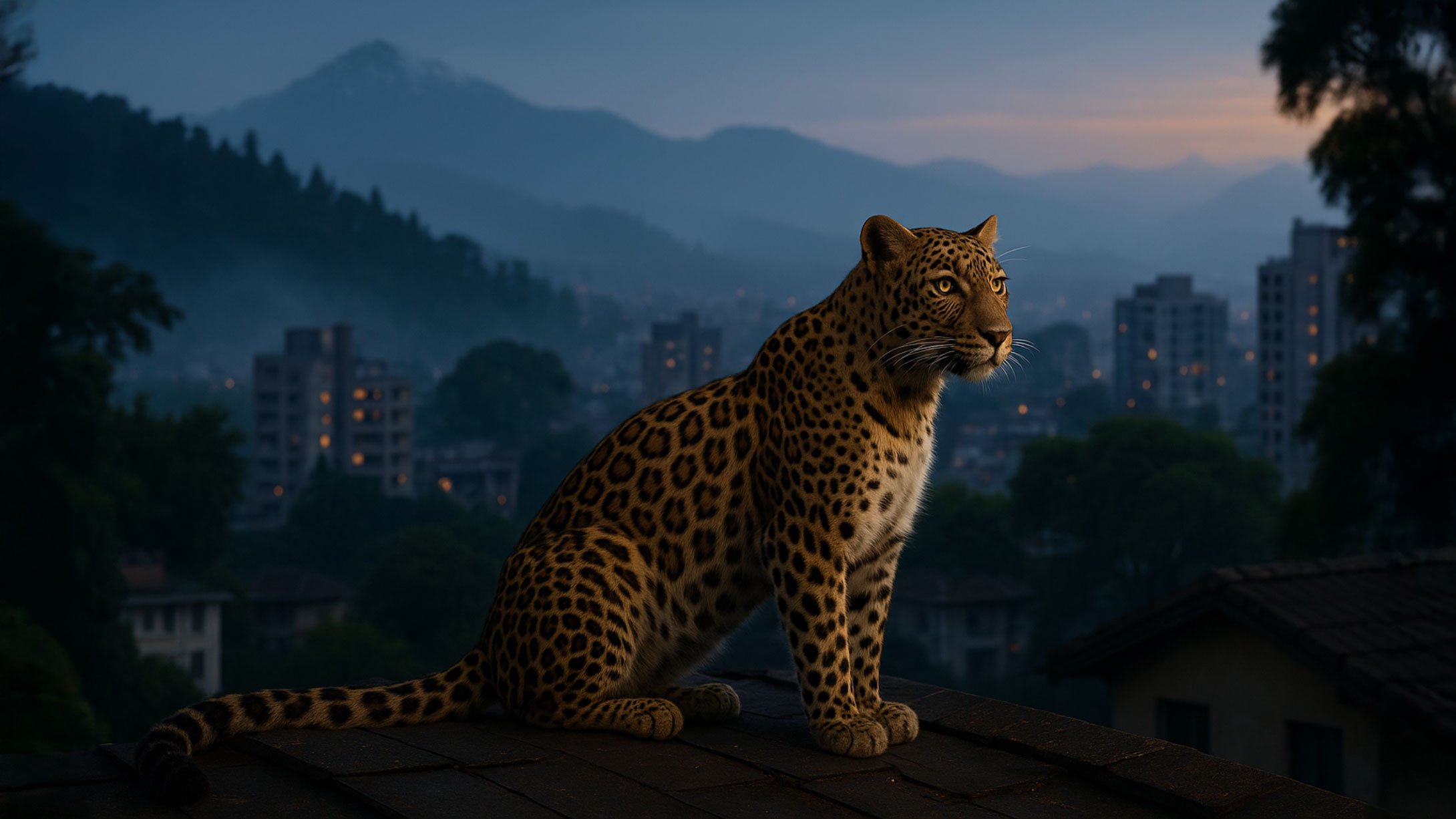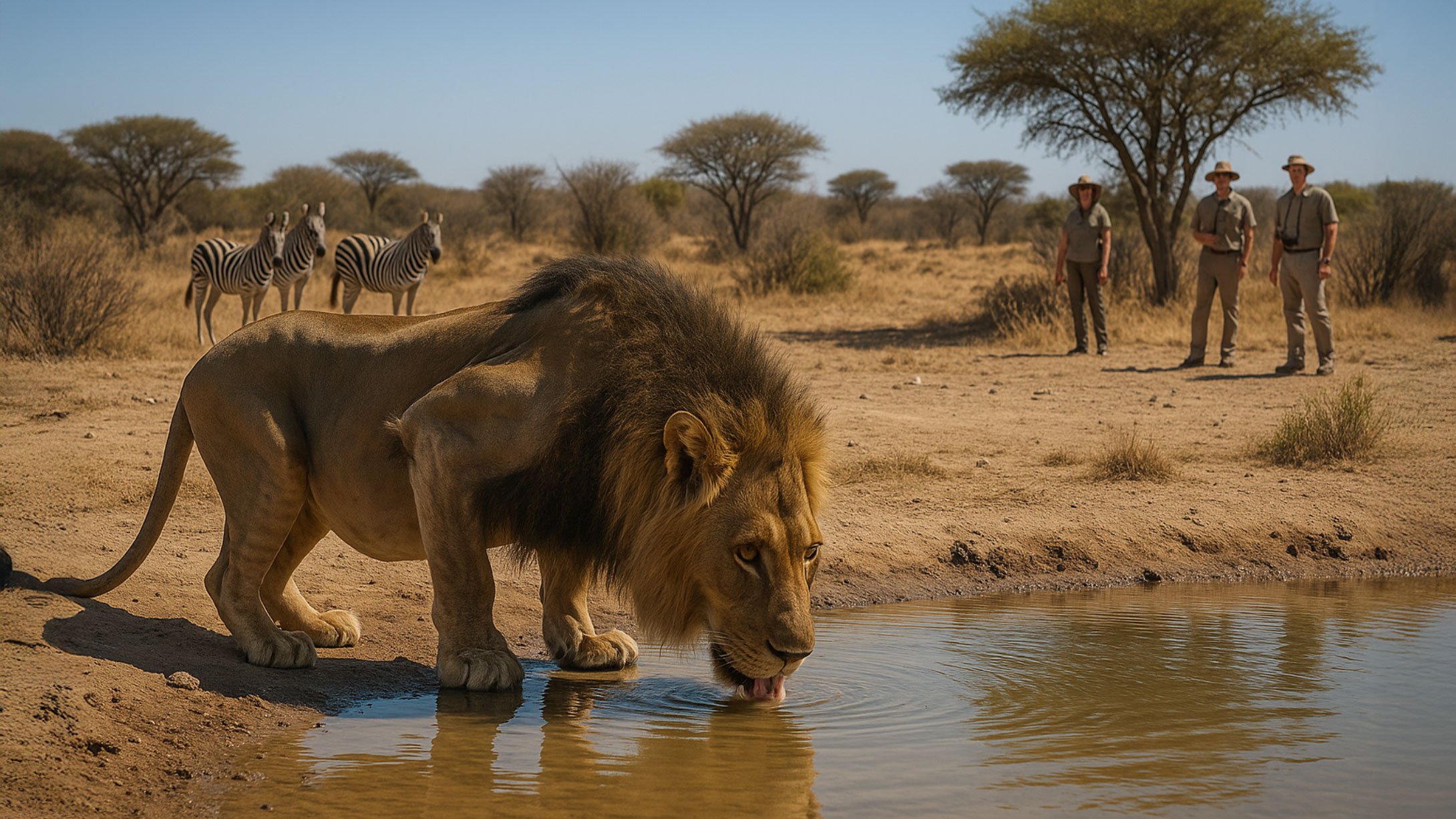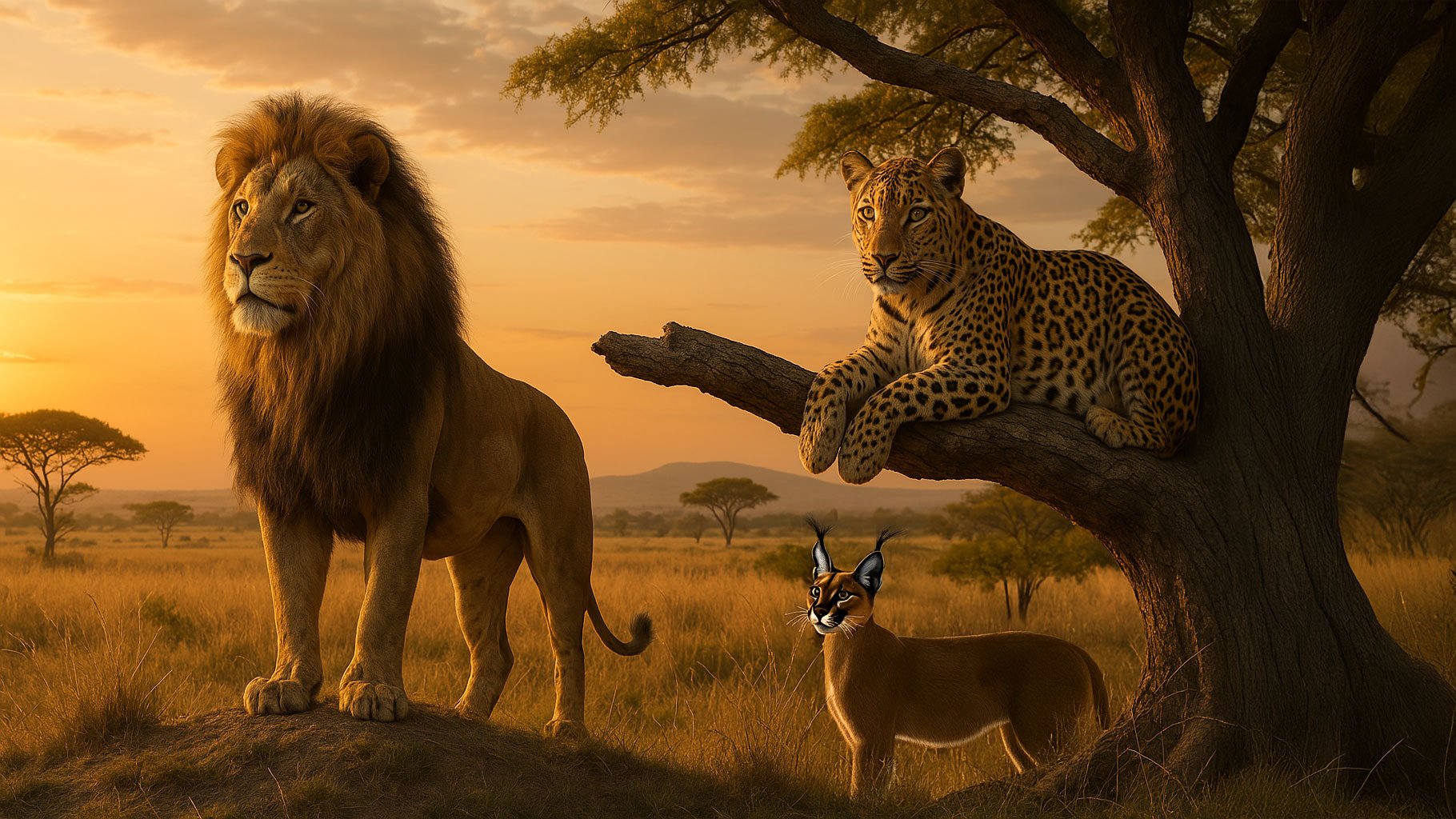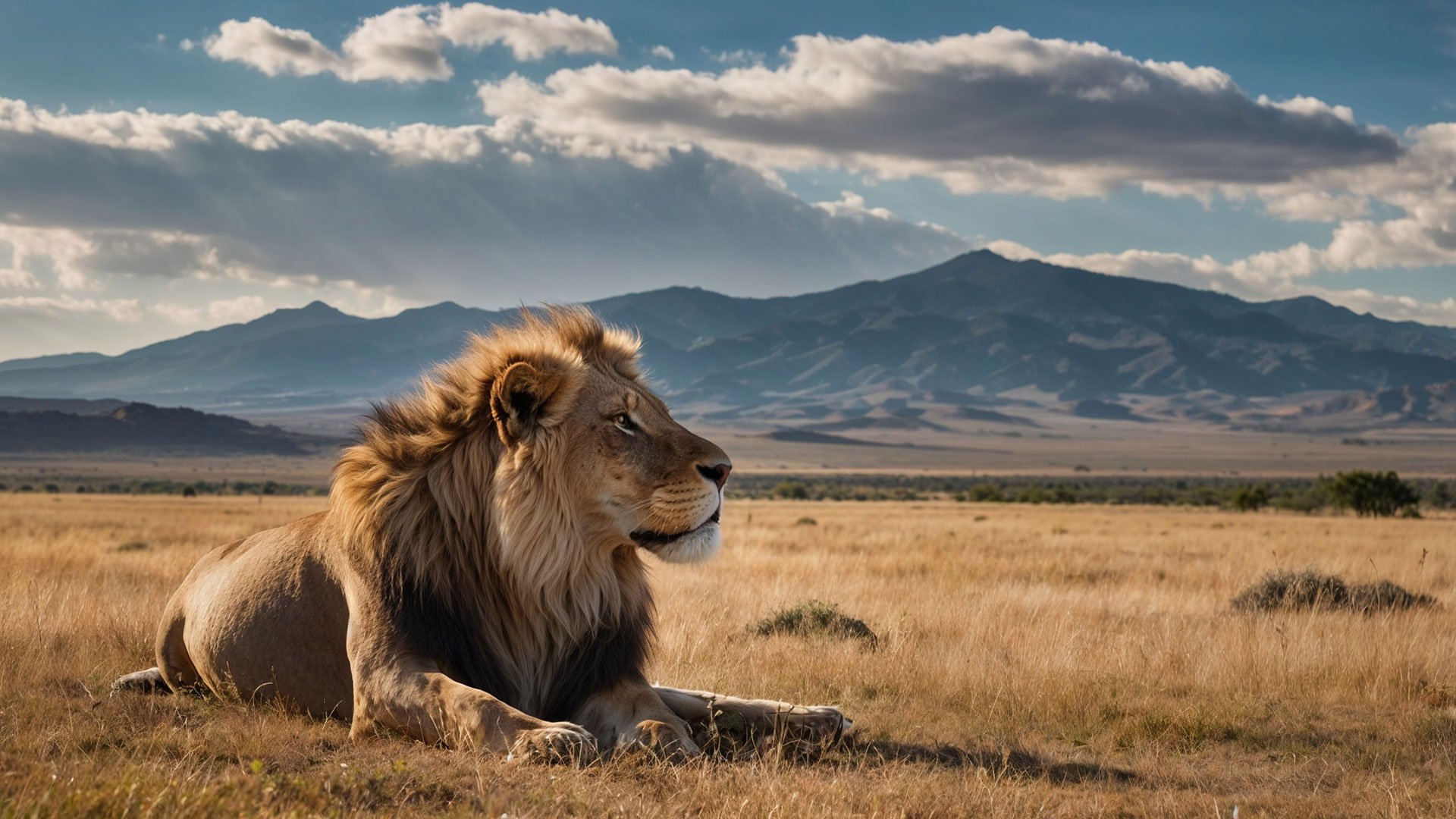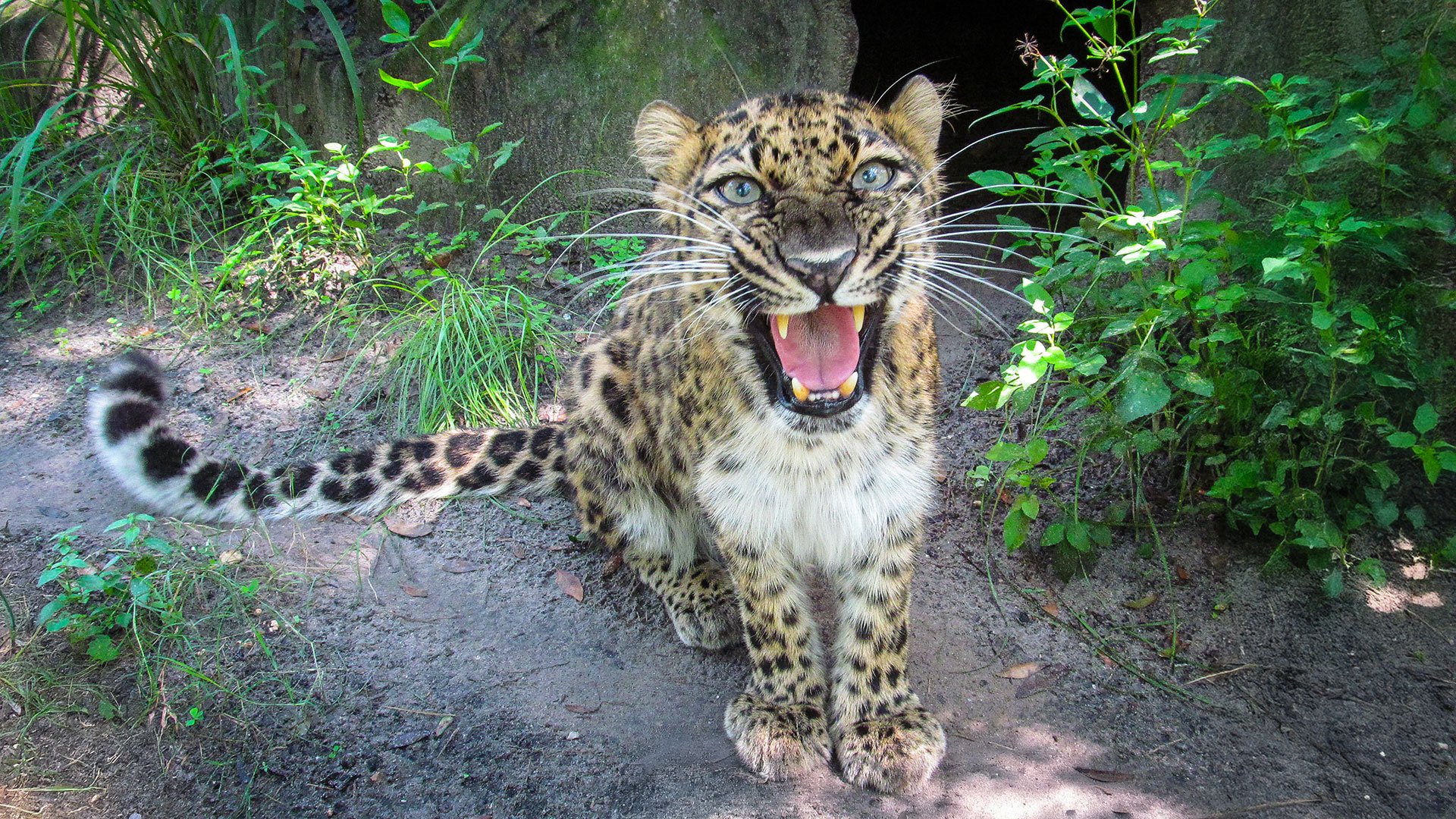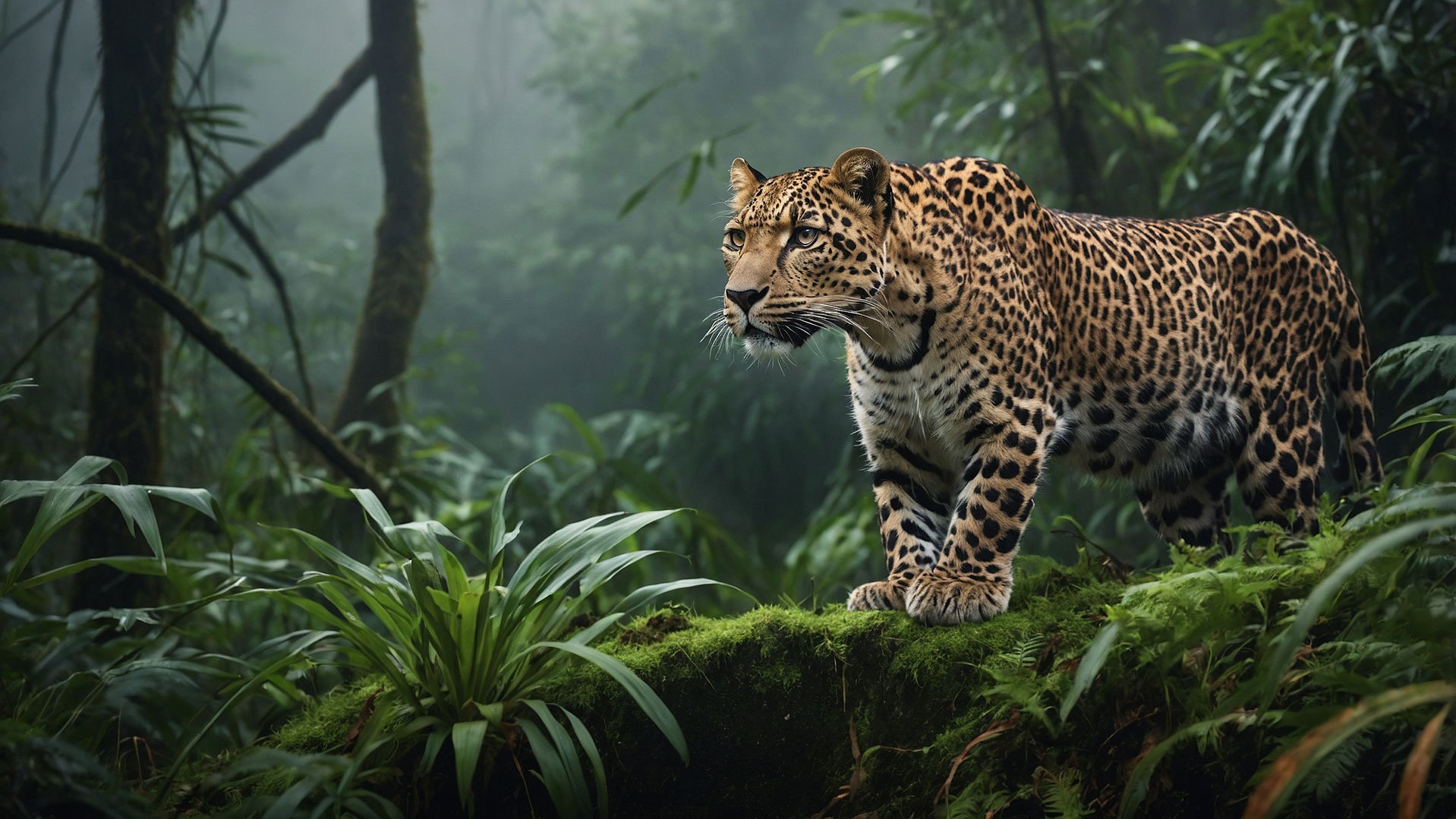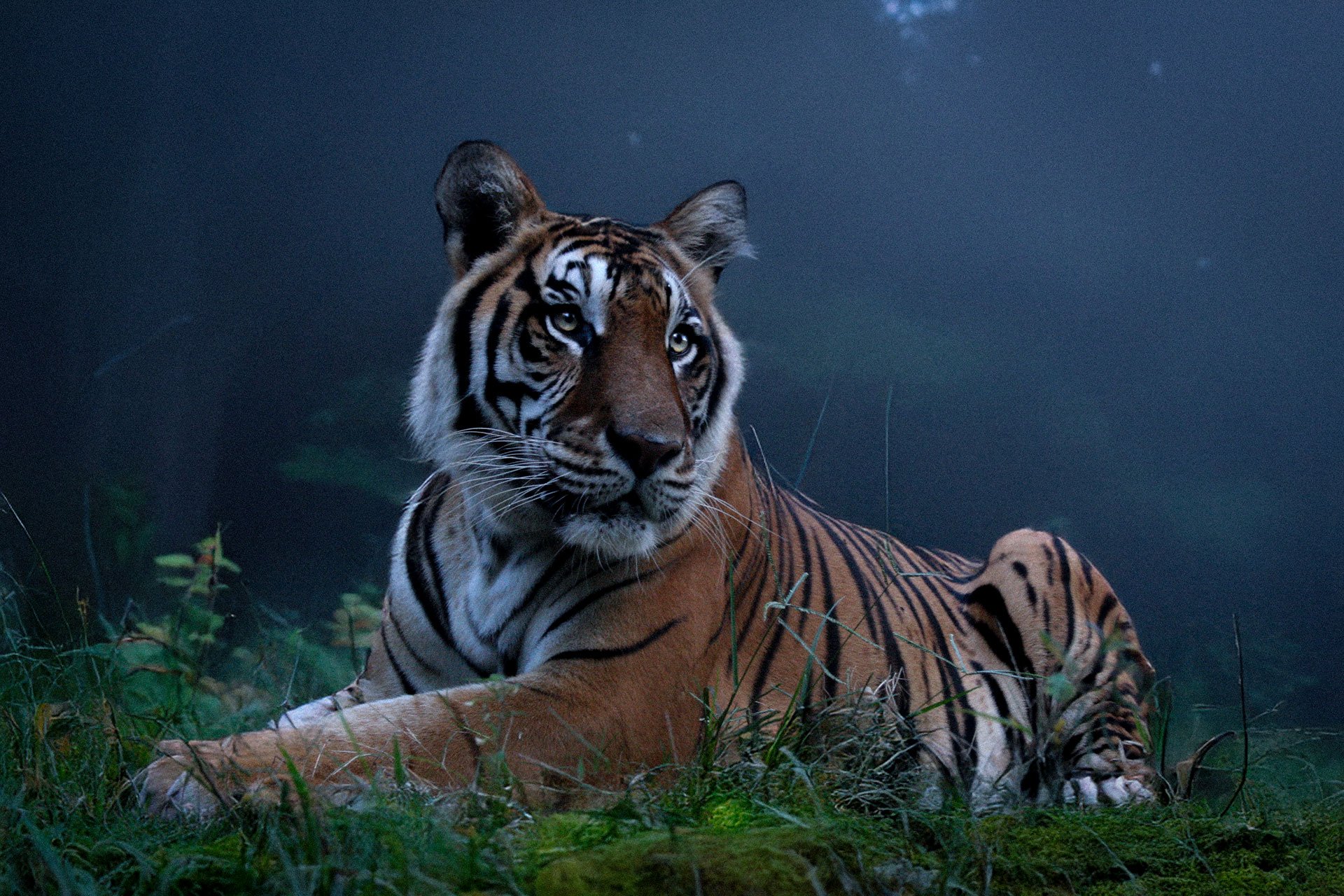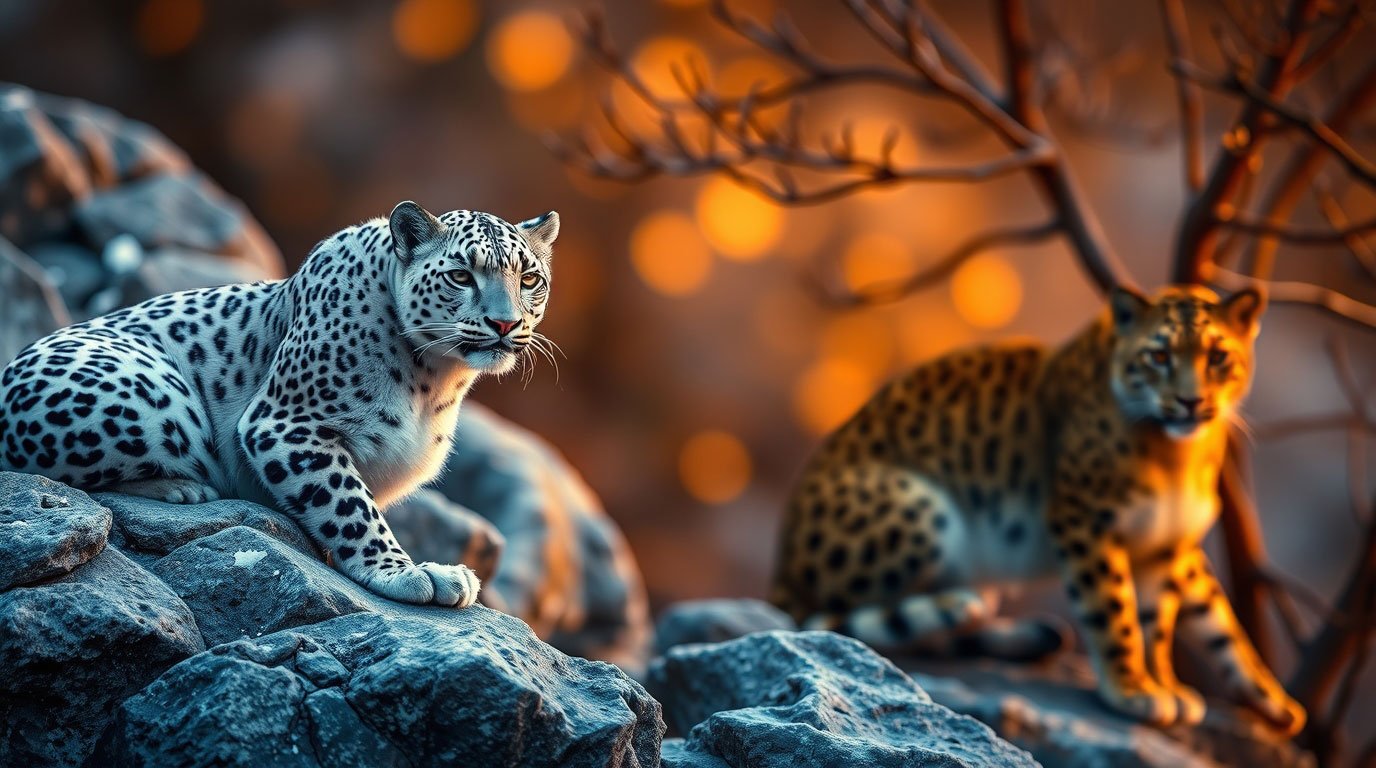Leopard Facts
Leopard
Leopard
Jinx Black Leopard
Common Name: Leopard
Kingdom: Animalia
Phylum: Chordata (Vertebrata)
Class: Mammalia
Order: Carnivora
Family: Felidae
Genus: Pantherinae Panthera
Species: pardus (asian)
Sub-species: According to genetic analysis, nine subspecies are recognized. These include: Panthera pardus pardus in Africa, Panthera pardus nimr in Arabia, Panthera pardus saxicolor in Southwest Asia, Panthera pardus melas in Java, Panthera pardus kotiya in Sri Lanka, Panthera pardus fusca in Indian sub-continent, Panthera pardus delacouri in Southeast Asia into southern China, Panthera pardus japonensis in northern China, and Panthera pardus orientalis which is Critically Endangered in Russian Far East, Korean Peninsula and northeastern China.
Misc.: This cat, in its melanistic color phase, is often mistakenly referred to as a black panther. The leopard is capable of running just under 40 miles per hour for brief periods. It can leap more than 20 feet horizontally, and 10 feet vertically. It is also a very adept swimmer.
Size and Appearance: The leopard is the smallest member of the 4 “great cats” and most closely resembles its cousin the jaguar. Leopards vary in length from 3 - 6.25 feet with a tail length of 22.5 - 43 inches, and stand 17.5 - 30.5 inches high at the shoulder. Males weigh between 80 - 150 pounds and females between 60 - 100 pounds. This spotted cat has short powerful limbs, heavy torso, thick neck, and long tail. Its short, sleek coat varies greatly from pale straw and gray buff to bright, deep ochre and chestnut, and sometimes black (found mostly in wetter, dense forests). Large black spots are grouped into rosettes on the shoulders, upper arms, back, flanks and haunches, and smaller scattered spots on the lower limbs, head, throat and chest, and the belly has large black blotches.
Habitat & Distribution: Leopards occur in the widest range of habitats among any of the Old World Cats. They are found in the desert and semi-desert regions of southern Africa in Namibia and Botswana, in the arid regions of North Africa in Egypt, as well as the Arabian Peninsula, in rugged montane regions of southwest Asia in Iran, in a varied range of landscapes in India and in the savanna grasslands of East and southern Africa and in the rainforests of West and Central Africa as well as Sri Lanka and southeast Asia. A remnant leopard subpopulation also persists in the snowy regions of the Russian Far-East. Leopard subpopulations also occur in suburban and urban environments in India and parts of sub-Saharan Africa.
Reproduction and Offspring: Leopards are capable of breeding 2-3 years of age, and produce 1-3 cubs after a 90-100 day gestation. The cubs become independent between 13-18 months, and siblings may remain together for several months before separating. Females in captivity have produced offspring at as old as 19 years, but the average age of last reproduction is 8.5 years. In captivity, leopards have lived over 23 years, as compared to 10-11 in the wild.
Social System and Communication: Leopards are solitary cats, and use the same methods as the other cats for defining their territory: scent marking, feces, and scratch marks. They have a variety of vocalizations including grunting, growling, hissing and meowing. One of their most recognized sounds is their distance call, which sounds something like someone sawing wood.
Hunting and Diet: Leopards are very opportunistic animals and have an extremely flexible diet. They will consume protein in almost any form, from beetles up to antelopes twice their own weight. Though the leopard as a species has the reputation of being a generalist, often individual leopards will become adept specialists for a particular prey item. These individuals will feed almost exclusively on that prey, occasionally supplementing their diet with other food items when necessary. Where competitors are present leopards will cache their kills under thick vegetation or hoist their prey into the limbs of a tree.
Principal Threats: Leopards are widely distributed across Africa and Asia, but populations have become reduced and isolated, and they are now extirpated from large portions of their historic range.
Due to their wide geographic range, secretive nature and habitat tolerance, leopards are difficult to categorize as a single species. Evidence suggests that leopard populations have been dramatically reduced due to continued persecution with increased human populations, habitat fragmentation, increased illegal wildlife trade, excessive harvesting for ceremonial use of skins, prey base declines and poorly managed trophy hunting.
Status: IUCN Red List (2016): Vulnerable Human populations have increased by 2.57 percent annually from 1994 to 2014 driving a 57% increase in the conversion of potential leopard habitat to agricultural areas from 1975 to 2000. Deforestation in South-east Asia has increased for palm oil and rubber plantations. These factors were not incorporated in the previous assessment and likely have a substantial impact on suitable leopard range. The leopard meets the criteria for Vulnerable listing, based on loss of habitat and prey, and exploitation. These causes of the suspected reduction are not well understood, have not ceased, and are likely to continue, and future decline is anticipated unless conservation efforts are taken.
See Conservation Work Funded By Big Cat Rescue here:
All conservation insitu work: https://bigcatrescue.org/insitu/








